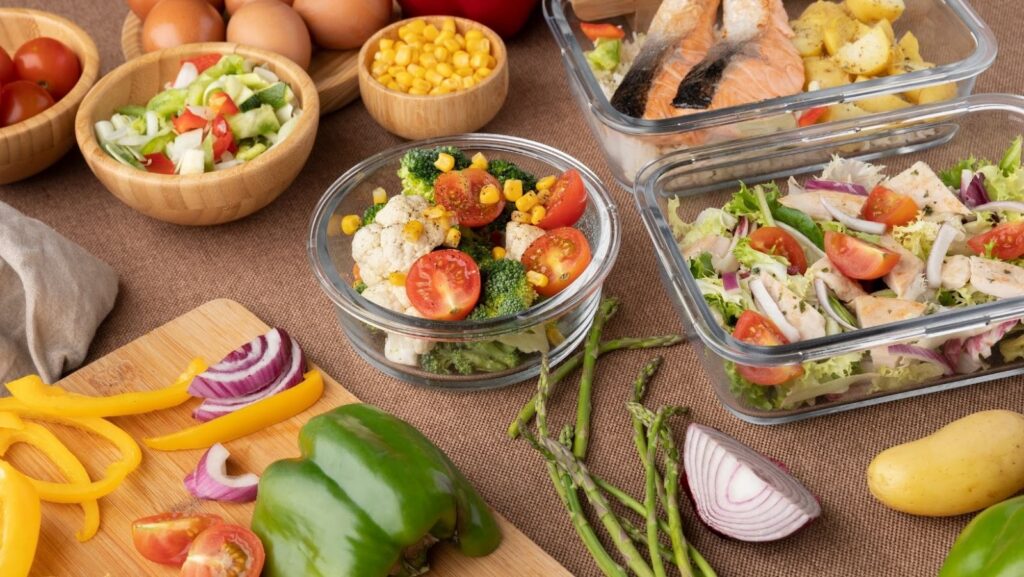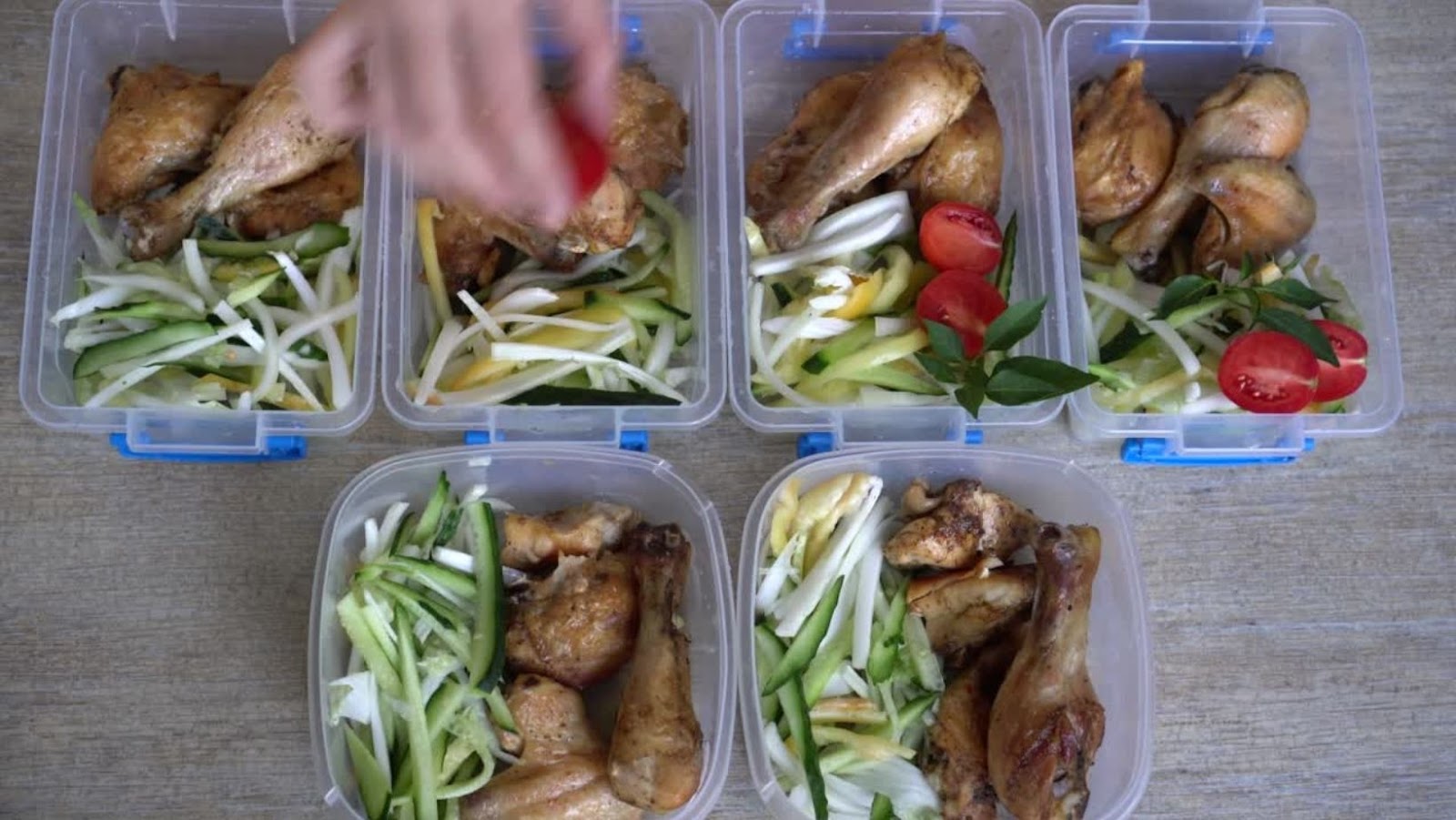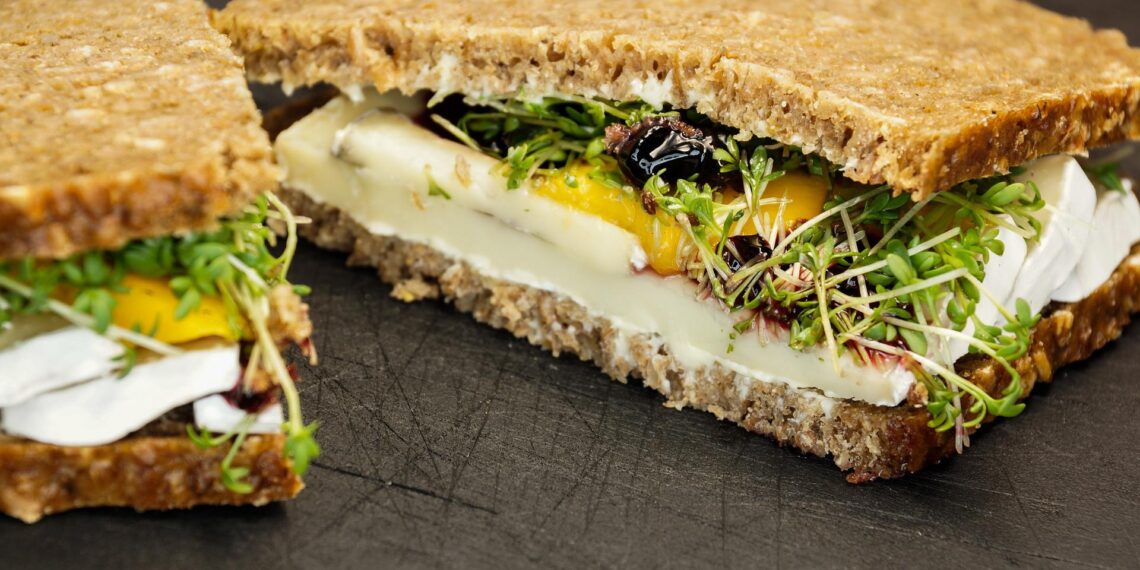So, you finally figured out why your tummy aches every time you have your favorite bagel. What now? Going gluten-free can be tough, especially when you have always eaten it.
It’s okay to be a noob, especially if you just discovered that you can’t have it. Remember that you still have plenty of healthy carbs to choose from, even if you can’t have gluten.
We have you covered if you are wondering how to plan your meals on a gluten-free diet. Here are the eight best tips for creating your beginner’s meal plan to help kick-start your gluten-free diet.
1. Know What Has Gluten
Most of us know that some grains we eat have gluten. The most popular criminal in the gang is wheat. Regular bread, pasta, cakes, noodles, and other carbs we eat are made of wheat. We also consume many wheat derivatives like semolina and durum.
The first thing to do is avoid everything wheat. Other grains that have gluten include rye, barley, malt, and wheat hybrids. Many common beers have gluten-free options.
We also use yeast for baking. Is yeast extract gluten free? Yes, baking yeast is free of gluten, and you can easily make bread out of gluten-free flour. Making your own bread saves you from accidentally consuming gluten and helps avoid preservatives.
2. Always Check Labels
Did you know that some canned food has gluten? You will be surprised by what manufacturers use when making processed food! This is why it’s crucial to check labels when buying things.
When you skim through the label, check any ingredient that says wheat flour, bread flour, all-purpose flour, and any other gluten item.
You must remember that this includes malt and barley, which are also used in many processed foods.
Some items can get contaminated by gluten while they are being processed. One such item is oats. Oat is a naturally gluten-free grain.
However, it is often processed in facilities where other grains like wheat or barley are processed. So, it gets easily contaminated by gluten.
If you have a gluten allergy, this can be very dangerous for you.
So, always check labels carefully to see if the product was processed in the same facility as any gluten-free food item.

3. Include Fresh Food in Your Diet
People often feel disheartened by what they can’t eat when avoiding gluten. A great way to avoid gluten is by avoiding processed items. But, you must remember that many items are naturally gluten-free, especially fresh food.
You don’t have to worry about gluten additives if you include fresh vegetables, fruits, meat, fish, and other unprocessed items.
Highly processed food is harmful to your body. So, your health will thank you for cutting out processed food. Knowing exactly what you are eating takes away the stress of always looking for gluten-free items.
Eat fresh vegetables at every meal. Skip out on snacks like chips and crackers and eat vegetable sticks with dip.
Avoid sweet snacks like cookies and cakes, as they have gluten. Eat fruits instead, to curb the sugar craving. When you need to snack on the go, try to carry nuts or dried fruits instead of crackers or energy bars.
4. Opt for High Fibre Gluten-free Items
When a celiac goes gluten-free, they risk not having enough fiber. Gluten-rich food like whole wheat, rye, and barley are high in fiber, so omitting them can limit your diet.
Having enough fiber is needed to ensure the health of your digestive system. It keeps you full and ensures regular bowel movements. So, you must add enough fiber-rich food to your diet.
Some high-fiber grains are naturally gluten-free. High fiber gluten-free grains include oats, quinoa, and buckwheat. If you replace your wheat-based carbs with these high-fiber grains, you will enrich your diet with fiber.
You can also have fiber-rich red, brown, black, and wild rice. Most beans and seeds are gluten-free and make good sources of fiber.
While on a gluten-free diet, people eat bread made of alternative flour. These include nut flours(think almond), coconut flour, flaxseed flour, and other alternative flours.
Most fruits and vegetables, especially leafy greens, are high in fiber. People also make flour out of legumes like chickpeas. All these alternative flours are made of fiber-rich food.

5. Try Ancient Grains
When you are on a diet that limits some food, you must look for healthier alternatives for those items. If you can’t have gluten, you need to look for alternative grains. A few ancient grains are healthy and gluten-free. So, what exactly are ancient grains?
Ancient grains are some of the earliest crops grown by humanity. They have been harvested and consumed for thousands of years. Some of these grains are not even grains. They might be grasses or ancient seeds.
Although not all ancient grains are gluten-free, a majority of them are. Some gluten-free ancient grains are still popular, and most people know about them, such as chia, quinoa, and buckwheat. Other ancient grains include millet, amaranth, and sorghum.
Some of these grains make excellent replacements for wheat flour for making bread, pasta, and other wheat-based food. They also happen to be fiber-rich when consumed as whole grains. Include them in your gluten-free diet to get a healthful boost.
6. Plan Ahead
If you are creating meal plans for a gluten-free diet, you must consider planning ahead. If you have an idea of what you will eat for each meal in the next few days, it will take the stress out of going gluten-free.
Most of us lead hectic lives with work, school, and other such commitments on the weekdays. Try to use the weekends to plan your daily meals.
If you shop weekly, you can buy the food you need to prepare your meal for the week. Make sure you incorporate vegetables, fish, and lean meats into your meals.
Eating out is often out of the question, as good gluten-free restaurants are hard to find. Try to pack your lunch. It is a great way to avoid gluten and eat healthy every day.
Consider baking your own high fiber, gluten-free bread. These last for at least five days in the fridge. So, you can bake a loaf on the weekends and eat them as morning toast or lunch sandwiches on weekdays.
7. Cook Your Own Meals
Finding one gluten-free restaurant in your area can be a miracle! Some restaurants serve gluten-free options, but even that is rare. The eateries that serve gluten-free options often fall short of making the food taste good.
If you want to enjoy your meals, you must consider cooking your own meals. Most of us are too tired or lazy to cook. Now that you have to go gluten-free cooking your own food will make it easier to plan meals.
Buy a gluten-free cookbook so that you can make your favorite meals. You can also find plenty of recipes online. You don’t have to cook difficult meals. You can make some easy meals using two or three ingredients.
If you don’t have time or patience, opt for simple, easy-to-make meals. Since you can’t have white bread, consider making an easy omelet with some eggs and vegetables for breakfast. You can also opt for eating salads; all you need to do is cut the vegetables and mix them with a vinaigrette.
8. Look for Gluten-free Certification
Lastly, when buying food, always check for Gluten-free or GF certification. If an item has gluten-free certification, you can purchase and consume it without worry.
The GF certification symbol on packets means that the manufacturers have followed strict regulations when producing the product. It also means that the product has gone through third-party testing. Thorough testing is done to ensure there is no gluten in the food.
Always try to opt for products that have the certification. Without it, you can’t be completely sure that a product is 100% free of gluten. Even when the manufacturer claim a product doesn’t have gluten, it may still have it.
Final Thoughts
Going on a gluten-free diet is not easy. Cook your own food and opt for ancient, high-fiber grains that don’t have gluten. If you eat fresh and plan your meals, make it easier for yourself.
Learn which food has gluten and always check the labels before buying a product. Opt for gluten-free certification to ensure that the product you buy is completely gluten free.
We hope these best tips for creating your beginner’s meal plan help you maintain a healthy, gluten-free diet.













